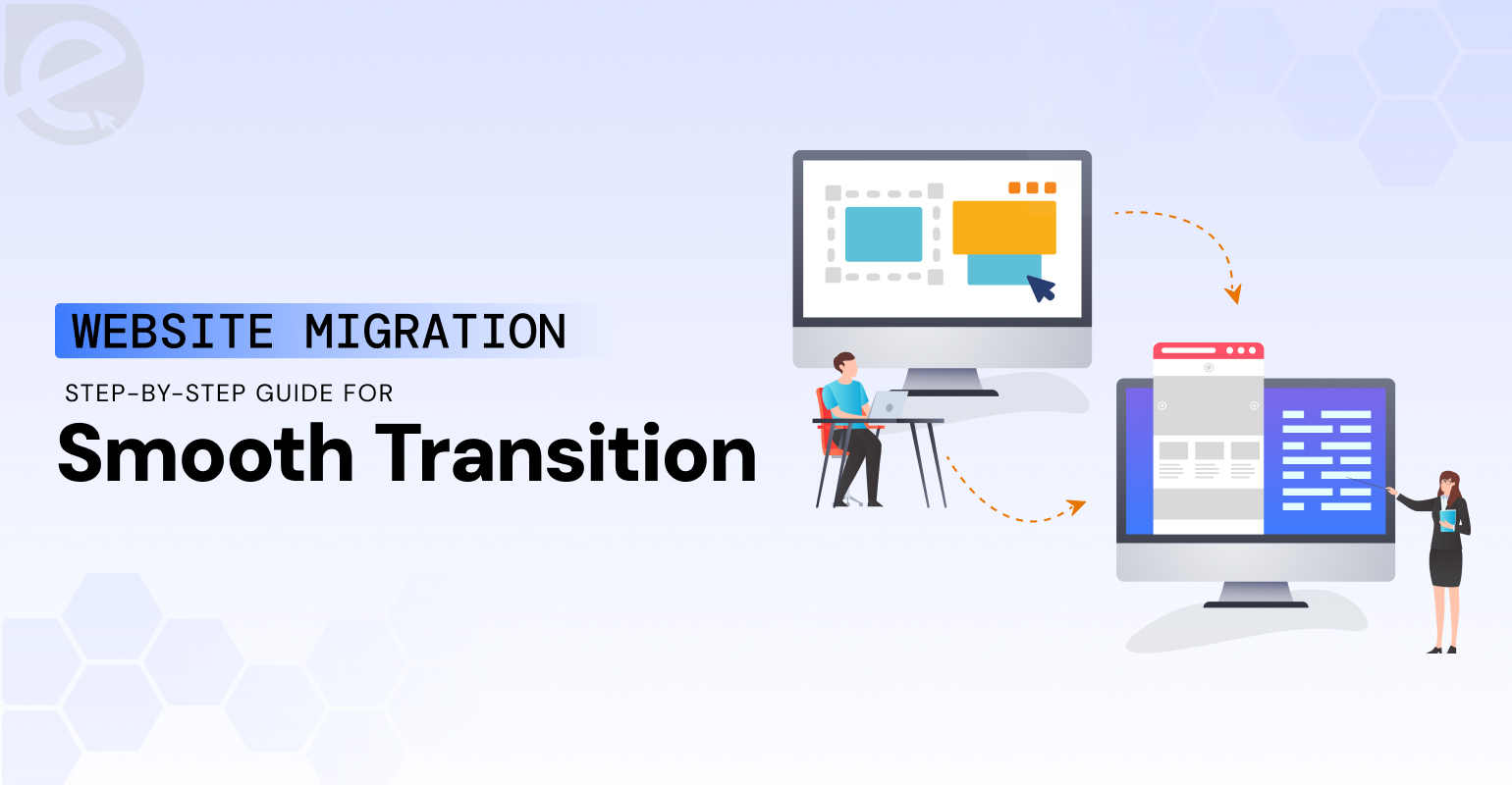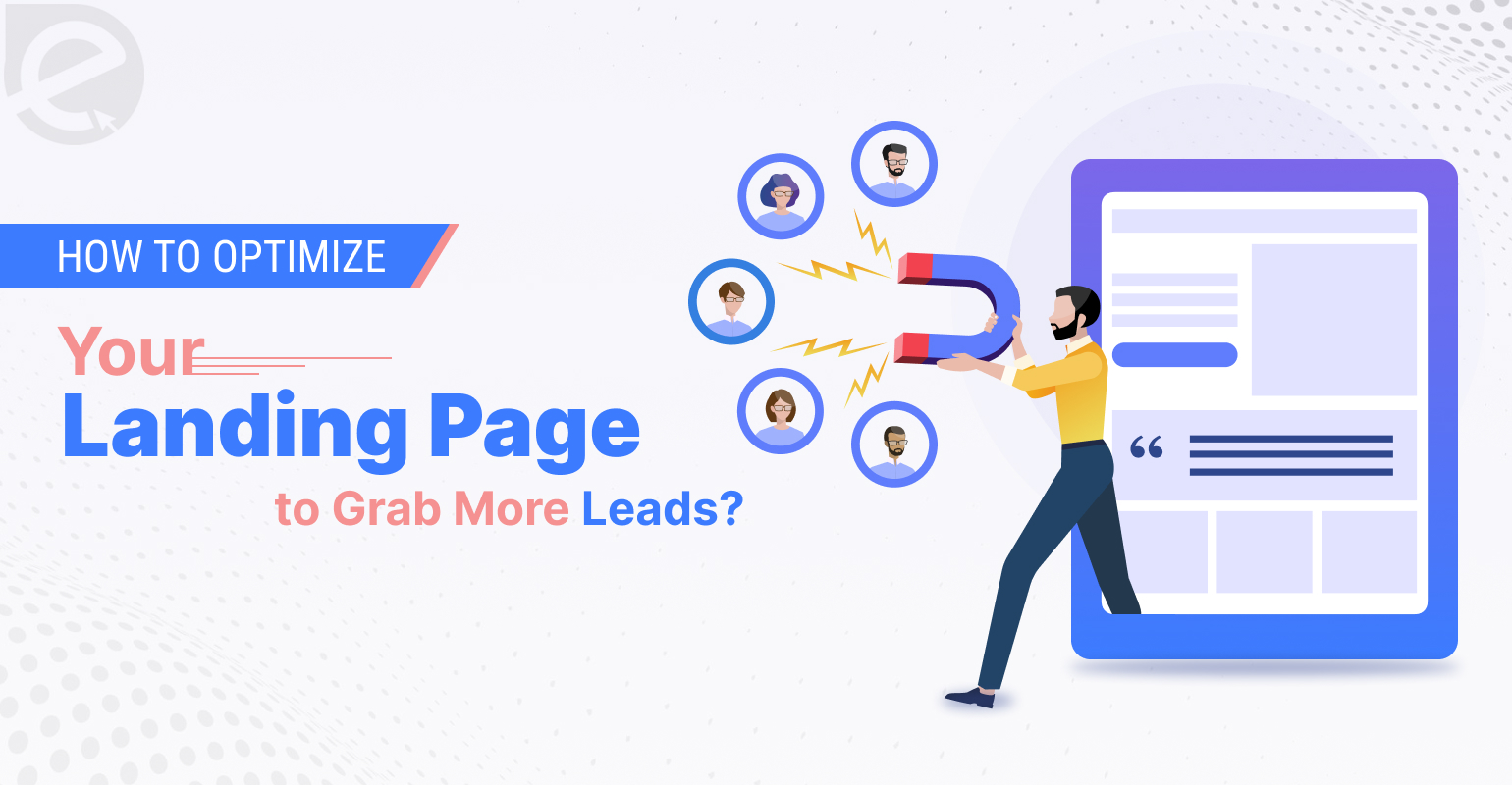
We Develop Websites Keeping Marketing in Mind
Ultimate Website Migration Checklist for 2026 & Beyond
 Oct. 30, 2025, 12:00 AM
Oct. 30, 2025, 12:00 AM- By Eclick Softwares and Solutions

Moving a website to a new platform or domain may sound simple. Yet, one wrong move and things can break, links can disappear, and search rankings can drop. That is why having a clear plan matters. You must strictly practical road map for a smooth website migration.
From planning and backups to redirects and testing, every step helps you protect your content, SEO, and user experience. So, if you want to do rebranding, switching hosts, or upgrading your CMS, your business must stay focused on what really matters. That is making the move without losing traffic or performance.
What You Need to Know about Website Migration?
Website migration is changing your site address to impact site’s indexability and visibility to search engines. This includes activities like changing the internal page structure or doing a visual redesign. If you conduct this without having a proper plan, then it can damage your hard earned SEO aspects. Which is why, you must treat migration like any other major project.
When Should You Consider Site Migration?
Need for High Level Site Changes
Moving an entirely new domain that involves a switch in hosting providers and server locations. One switch from using sub-directories to subdomains across the entire site for a high level change. This will change the URL path for most of your pages and the subdirectory links might be broken.
Restructuring the Website
Making necessary changes to the underlying structure of the site. One example is reaching new international audiences by translating your site’s content and placing it in newly creating subdomains. This could also involve consolidating several existing domains into one or changing the URL structure. These changes will require the old URLs to be permanently pointed to the new one using 301 redirects.
Redesigning the Site
Willing to rebrand your site or change its design to fit into this category. Crucial on-page elements may get lost in the redesign. Switching to a new font may accidentally cut off the heading tags or someone doing bulk replacement of on-page images may forget to add the alt tags.
Website Migration Checklist for 2026 & Beyond for Successful Transition
Doing Thorough Planning for Website Migration
Know your primary goals well before starting with the migration. Get to know if the changes will impact the entire pages of your site or just a few selections. Determine the measurable results like an increase in organic traffic to assess the success of the migration. Make sure to involve all the stakeholders as early as possible. Create an overview of the current site performance so you can evaluate after the migration’s impact.
Take proper note of the following things when it comes it SEO:
• The number of visitors entering your site via search engines with the distribution of traffic across the pages.
• Pages ranking your keyword and their positions in SERP.
• Number of pages search engines have crawled while going through your site.
• Number of URLs that got indexed.
• Number of clicks needed to reach the most page of your site and whether there are any orphan pages with no internal links pointing to them.
• Checking the current site speed and understanding how quickly do pages load
Working on the Development Stage
Stock up your existing content that includes the pages, documents, media files and other content assests. Keep backup copies for all of them. Site migrations may change the entire structure of your page. This means external sources pointing to your page may point to URLs that do not exist, leading to 404 errors.
So, you will have to maintain a complete overview of your site’s backlink profile. Furthermore, the canonical links must be in place where needed. A canonical tag will signal Google which of the similar pages you consider to be the main version. Google will recognize the tag and prioritize the canonical URL when ranking.
Ensuring Your Site is Mobile-Optimized
As majority of online queries are now done through mobile searches, your website must be optimized for mobile viewing. The design should be responsive and adjusted to fit different screen sizes of mobile users. Besides, mobile-friendly websites tend to rank higher in search results.
You can also make use of the mobile usability report in Google Search Console for an excellent mobile experience. This test will help you identify and fix issues that are causing problems with your site’s performance on mobile devices.
Monitoring and Reporting the Complete Stage
Evaluate your robot.txt file to ensure it is not blocking any critical pages or allowing access to sections that must remain hidden. Once the new version is live, perform a full site crawl. Doing this will help you identify an increase in broken links or error response codes. Once crawl can help you spot missing meta tags, duplicate URLs and pages that have become orphaned or inaccessible.
If the URL structure has entirely changed then test whether your site reflects the reality. Make sure it lists your pages correctly and no key pages are missing. After this, submit your sitemap to Google Search Console so they know which pages to crawl. The final step is to return to metrics you have collected during planning. You can now analyze the web analytics data for the new site and see how it compares.
Conducting the Post Migration Audit
Verify the successful migration of all the content and URLs by recrawling your website. Your sitemap must accurately reflect your site new structure to avoid search engine confusion. Double-check that all of the 301 redirects you are implementing must work properly and point to correct pages.
Furthermore, check the internal links are functioning correctly and leading the users to intended pages. Regular checks and fixes for broken internal links are mandatory for user navigation and effective site crawling. Identify and rectify any broken links or missing pages. Also, verify the site migration of title tags, H1s and meta descriptions are successful and nothing has changed from the old site.
Immediate Actions to Take Post Launch After Website Migration
For a website migration that involves address change, the post launch phase focuses on the following:
• Notify Google about the address change through Google Search Console.
• Generate and submit the updated sitemaps for the new domain via Google Search Console
• Run a crawl site to check all the 301 redirects from your old URLs to the new ones.
• Ensure all canonical tags point to the correct and non-duplicate version of each page.
• Traffic performance and user behavior metrics against the benchmarks you recorded before the migration.
• Monitor priority keywords and track the ranking changes.
On a concluding note, website migration is a major project that cannot be taken lightly. To make it successful, you must keep a close eye on the metrics and site elements that impact SEO. However, doing such a thing manually without the necessary technical knowledge may lead to a complete loss of data. Which is why depending on a professional in this field might be the right choice your business can make today.
Related Blog
- By Eclick Softwares and Solutions
- October 16, 2025
10 Major Pitfalls to Avoi ...
Learn about the 10 common Node JS mistakes beginners make an ...
Read More- By Eclick Softwares and Solutions
- October 3, 2025
How to Optimize Your Land ...
Get more leads from your landing pages. Learn about the acti ...
Read MoreSearch Blog...
Recent Posts
Eclick Services







